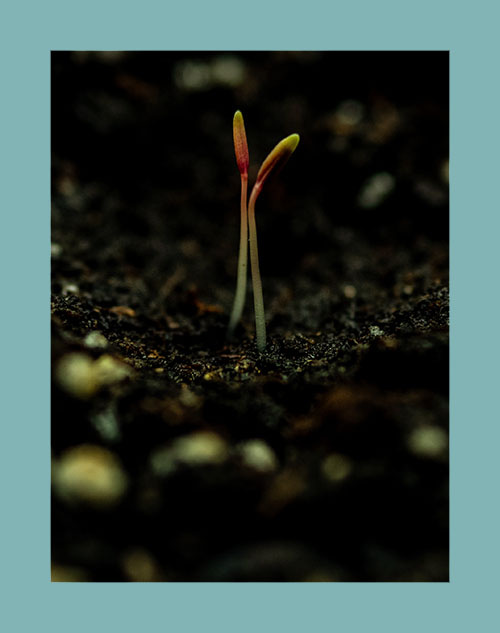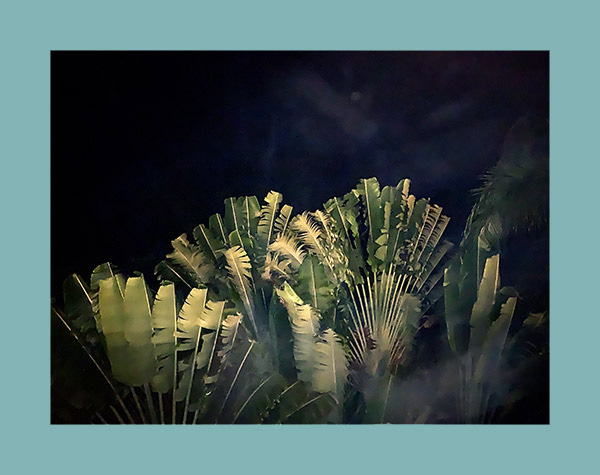
“This is our last normal week.”
I’ve been thinking over this quote from Ross Douthat as he was talking about the Coronavirus on The Argument, an NYT podcast. Given the chaos and tragedy in other parts of the world being ravaged by the virus, it’s a point made with the weight of incredible privilege. But, it’s not untrue.
On Sunday, as I write this, we’re planning for our kids to be home from school for at least the next two weeks.
Having a plan
Jenny Odell’s striking book, How To Do Nothing, was the first time I’d heard the term bioregionalism.
She describes it like this:
In the 1970s, Bay Area environmentalist Peter Berg began articulating the idea of bioregionalism, a way of aligning one’s identity, culture, and land use practices with an ecologically bounded area. Berg, when asked where he was from, would reply that he was a resident of the Sacramento River watershed. Other life organized itself around watersheds, the logic went, and so should humans. Of course, such an idea was not new; bioregionalism as defined by Berg described what Native American people had developed for ages.
Bioregionalism is a way to look at seemingly intractable environmental problems and figuring out a starting point. It’s also a way to create meaningful interaction with the places we live and to understand and observe our immediate world more closely. I think about Edward Weston’s relationship with Carmel, California, and perhaps even John Gossage’s The Pond as examples of photographers as bioregionalists.
I’ve been wondering how to spend the weeks ahead with the kids, like a snow day stretched out to weeks. It’s been a warm winter and the peach tree out by the sidewalk is in full pink blossom with green shoots of all sorts pushing up through the mulch.
I went to our grocery store when it opened early this morning to buy a few things and most of the other people shopping were store employees. “There won’t be anything left when my shift is over,” a woman told me.
And so, on Monday, we’ll head a few blocks south of our home, to a large field behind a McDonald’s. A desire path winds through the grass into the narrow wood. It traces a stream that eventually makes its way to the Chesapeake Bay. In the 1940s, an Arizona senator proposed building a four lane highway through these woods which, thankfully, never happened. Later in the spring, the leaves will be dense enough to nearly blot out the surrounding city.
I’ve been trying every plant ID app I can find and PictureThis beats out the rest by a mile. You point the camera at a leaf/flower/etc., snap a photo, and a few seconds later you’re given an ID of the plant, its Latin name, along with some information about it. A quick test revealed some tiny leaves emerging from the ground to be Common mugwort. Mugwort! It’s scarily good at figuring out what you’re looking at and within minutes allows you to build a vocabulary for what you’re seeing around you.

219 words on seed starting
Here in Zone 7b (find your own zone here), it’s a good time to start growing seeds indoors, ready to be transplanted to the outdoors once the soil warms up. Growing from seed gives you the ability to choose from a diverse range of plants from these crazy beans that my kids loved, to the best tasting tomatoes I’ve ever had. One fun
Here’s what I use:
This seed starting tray, which is deeper than most, allowing the roots to spread out more and giving you a much better transplant. It’s sturdy and will last for years.
Also, you water it from the bottom and the soil (I use this kind) wicks up the moisture from a felt pad that dips into the trough, meaning less time spent watering. The last thing you need is an inexpensive growlight from Amazon.
The rule of thumb is a seed should be planted twice the depth of its width. Get the soil good and wet before you start planting and you can gently water it from the top if it seems like the soil’s drying out. It may take a few days for the soil to start pulling water up from the bottom.
Seeds started now will be ready to plant outdoors in a couple of months, when the world hopefully looks like a different place.
—
In closing, this poem by Maggie Smith has been bouncing around bits of the internet I tend to visit and it feels just right for this moment. Take care and stay safe.
Photo: Amaranth 'Dreadlocks' seedlings, Amaranthus caudatus gibbosus and Traveller’s palm, Ravenala madagascariensis



